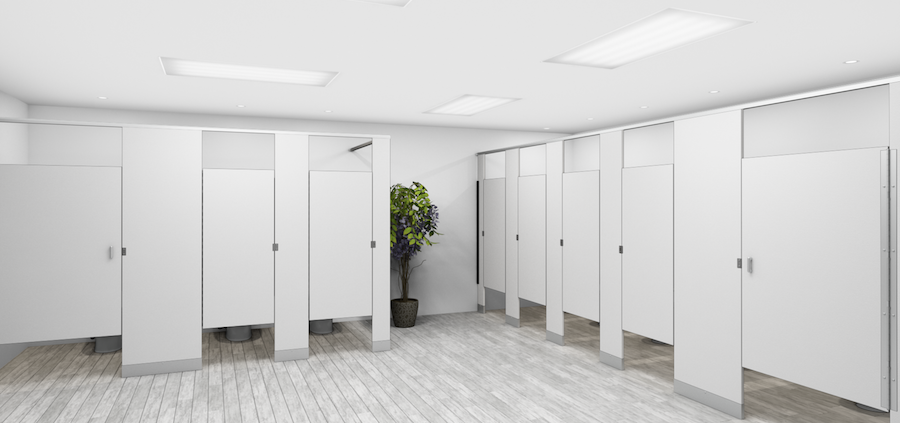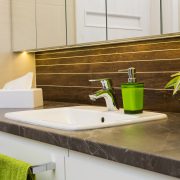Restroom Requirements for Commercial Buildings
Whether you’re the proud manager of a commercial facility, or you’re in the process of designing your building, there are a lot of legal requirements that you need to adhere to for the benefit of the facility’s occupants. More importantly, your facility’s restrooms need to meet certain standards involving architectural planning and health code standards. Here are a few tips to help you meet these OSHA (Occupational Safety and Health Administration) specific requirements for commercial buildings that ensure your occupants can have a safe and sanitary restroom.
Planning Your Toilet Facilities
When you’re planning your facility’s restrooms, there’s a lot that you need to factor into the designs. It’s always best to have an idea of how many employees or occupants are going to be in the facility on a daily basis. Generally, 1-15 occupants legally require at least one toilet per each gender-designated restroom. If the occupancy is between 36 and 55 individuals, then that number jumps to three toilets per restroom.
While many people enjoy the single occupant restroom, it can cause frustration and complaints, so if you’re planning your facility from the ground up, a multiple occupant restroom should be heavily considered. If you expect a possible influx of occupants due to company growth, choosing a multi-toilet and urinal restroom is a wise choice. Make sure to include a designated handicapped stall to be ADA compliant.
Ensuring Occupant Privacy
Relieving oneself is a private matter, so taking the necessary steps to ensure privacy is important. Single-toilet restrooms should have a door that can be locked from the inside. Multiple-toilet restrooms should feature stalls and partitions that provide the necessary privacy. Non-ADA stalls should be at least 60 inches in width and a minimum of 55 inches high, but not limited to 72 inches in height.
Sanitation Standards
Hand washing stations are also a requirement in your restroom. Signs indicating the requirement to wash hands can be helpful in reducing health risks of spreading germs and infections. For a multi-toilet restroom, more than one hand washing station should be made available to the occupants. Soap dispensers should be checked sporadically throughout the day and refilled if necessary.
A thorough cleaning should be conducted daily to ensure that any germs or bacteria are eradicated. It’s imperative to combat mold growth because it can reduce the air quality and result in respiratory issues for the occupants. Due to the constant exposure to moisture and humidity, various restroom components can actually harbor mold growth.
Whether mold has already sprouted inside your stalls, partitions, or vanities, or you’re simply looking for preventative measures, there have been great results with the implementation of HDPE (high-density polyethylene) solid plastic materials. Not only are HDPE materials impervious to mold growth, they’re also impact-, dent-, and graffiti-resistant. Due to their solid construction and homogenous coloring, they don’t require repainting. These low-maintenance stalls can actually help you keep your air quality in good standing while providing the utmost privacy and security for your occupants while they’re using the restroom.
Following these guidelines will help ensure that your restroom is OSHA and ADA compliant. If you’d like to learn more about designing your restroom, or the best materials to use, download the Restroom Design for Commercial Facilities or Choosing Bathroom Materials eBooks, courtesy of Scranton Products.









